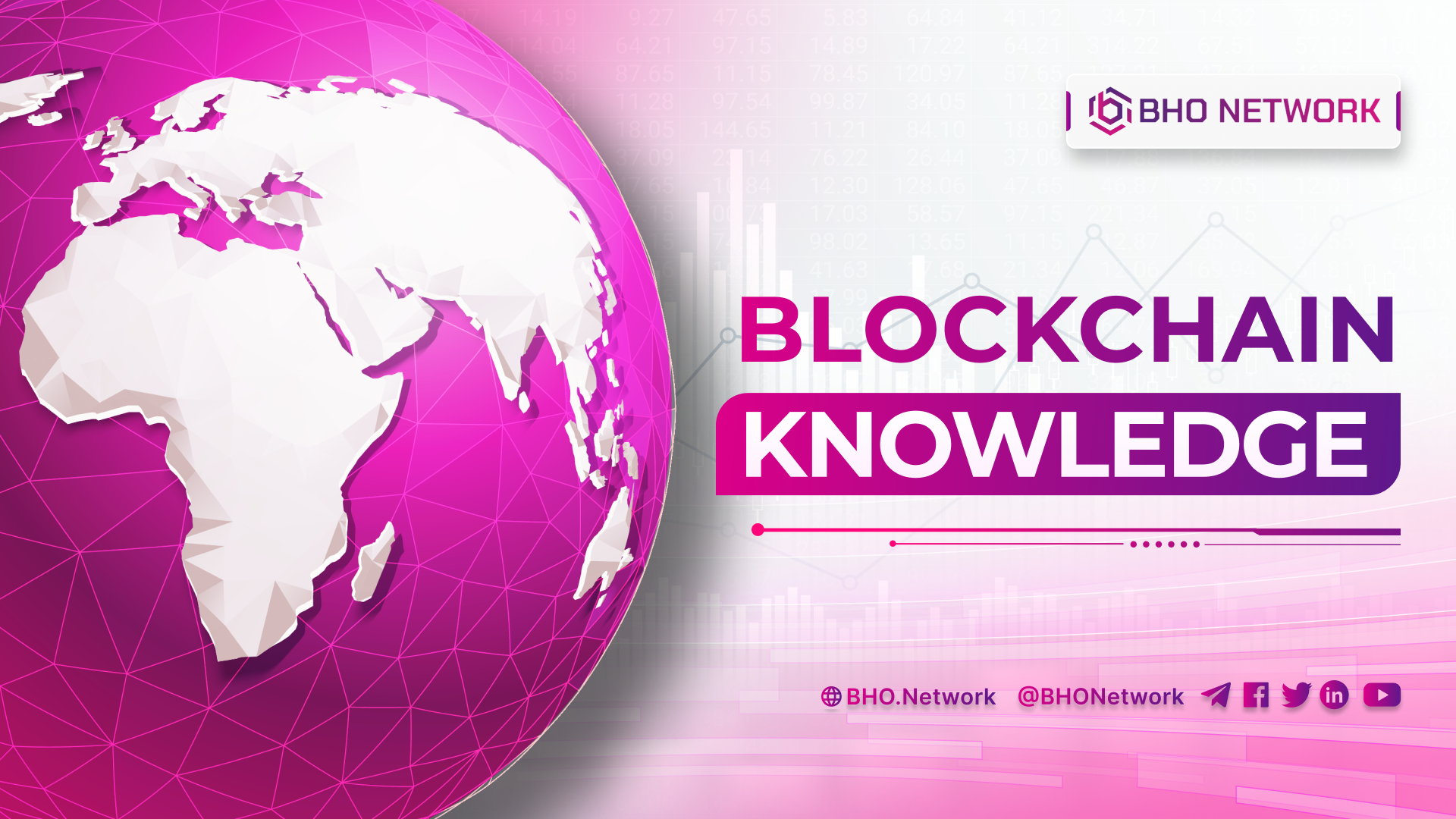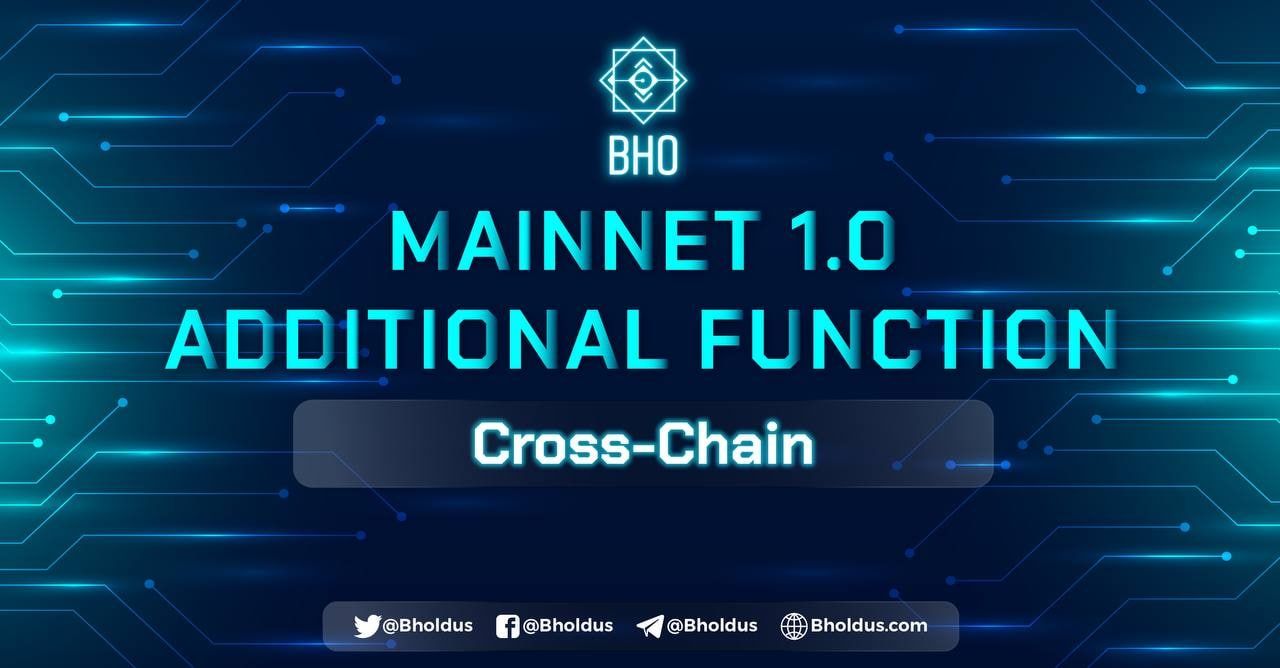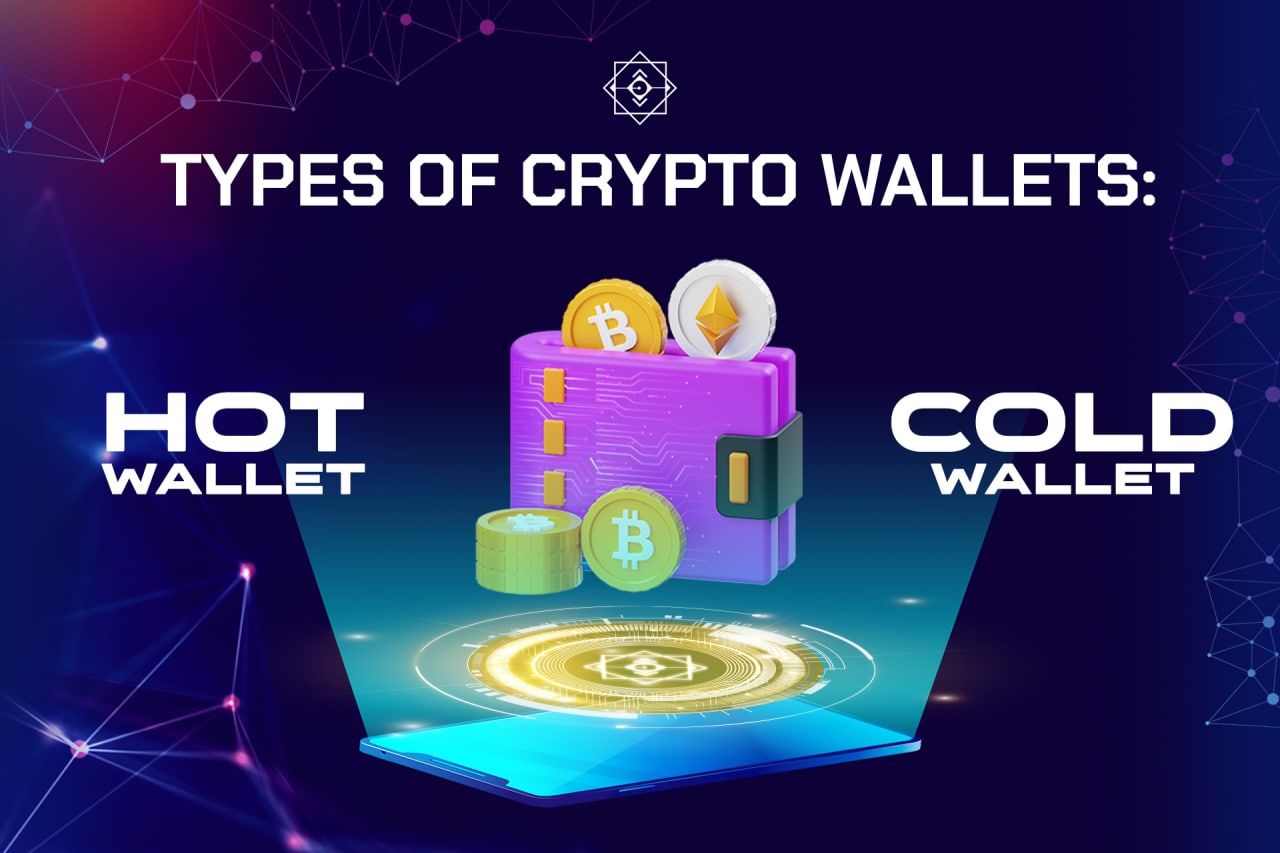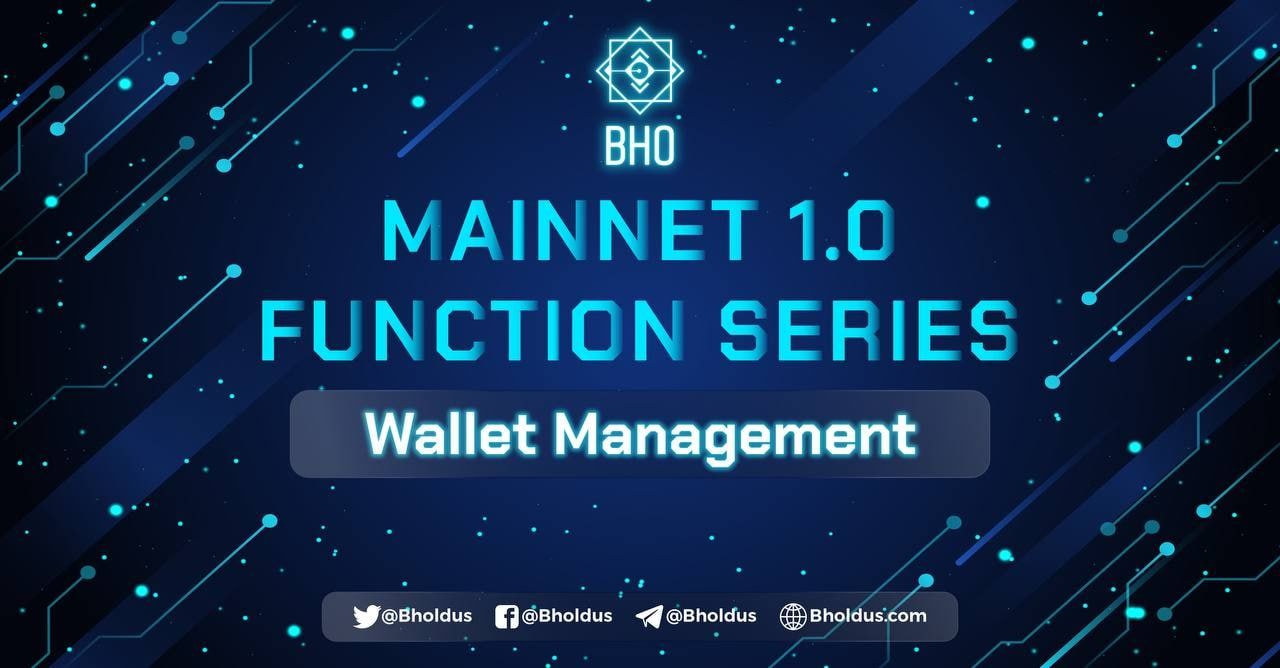- Blog
- Crypto News
- What is Dapp? Everything there to know about Dapp
What is Dapp? Everything there to know about Dapp
- 1. What is Dapps?
- 2. What problem was the Dapp created to solve?
- 3. Distinguish between a centralised Application and a Decentralized Application
- 3.1 Centralized Application
- 3.2 Decentralized Application Decentralized
- 4. Features of Dapp (decentralised application)
- 5. How Dapp work
- 6. What platforms are Dapps working on?
- 6.1 Ethereum Network
- 6.2 EOS and Tron
- 7. Several types of Dapps
- 7.1 Financial applications
- 7.2 Financial
- 7.3 Other types of apps
- 8. Dapps in practice
- 9. Evaluation of the advantages and disadvantages of Dapp
- 9.1 Advantages
- 9.2 Cons
- 10. Some Outstanding Decentralized Applications
- 10.1 Uniswap v3
- 10.2 Pancakeswap
- 10.3 Game Step Hero
- 10.4 Cyclos (CYS)
- 10.5 Curve Finance (CRV)
- 11. What is the benefit of the combination of NFT and Defi?
- 11.1 Role of NFT in Defi Market
- 11.2 Opportunities of NFT when Defi market develops
- 12. Some ways to make money through Dapp
- 12.1 Make money from Freelancer work
- 12.1.1 Bitcoin
- 12.1.2 Bounties Network
- 12.1.3 Cent
- 12.1.4 Ethlance
- 12.2 Lending or staking work to earn
- 12.2.1 MakerDAO CDP
- 12.2.3 Compound Finance
- 12.2.4 Dharma
- 12.3 Make money from the prediction market
- 12.3.1 Gnosis
- 12.3.2 Augur
- 13. The future of Dapp
What is Dapp? Most of today's decentralized applications are creating a new digital economy for peer-to-peer services, taking power away from monopolies. Since then, the Dapp application has been born and plays an essential role in the DeFi exchange. So what's so special about this app? Let's find out with BHO Network today.
1. What is Dapps?
Dapps, also known as Decentralized Applications, are built on the network with the support of Smart Contracts (smart contracts) and Frontend interfaces for users. These applications will focus on solving several problems in a particular area.
Since fully decentralised applications are built directly on Blockchain Platform platforms, the nature of these decentralized applications will depend on that Blockchain Platform. Such as transaction speed, transactions per second (TPS), scalability, stability,...
According to information, a Decentralized Application appeared on the Ethereum platform on April 22, 2016.
2. What problem was the Dapp created to solve?
Based on the salient features of Dapp, Dapp can solve the following problems:
- Dapp has more than one computer running in the P2P network, so Dapp will definitely not be interrupted and also won't have a single point of failure problem (SPOF).
- The data is stored on all computers in the system, there is no centralised storage place, so it will be difficult for hackers to attack. Except for cases where Hackers can change the data of more than 51% of computers in the network at the same time,
- Blockchain Platform has the characteristic that data cannot be tampered with. Once Dapp is deployed and conducted in the Blockchain network, it cannot be tampered with. Even Dapp cannot make any changes after deployment. Therefore, you can rest assured that Dapp does not need a third-party organisation.
- Due to its open source nature and no intermediaries, third-party organisations cannot directly obtain user data using the service.
3. Distinguish between a centralised Application and a Decentralized Application
So what is the difference between an Applications centralization and Decentralized? Let's find out with BHO Network here.
3.1 Centralized Application
A centralised application has the following characteristics:
- A specific company owns each centralised application. The application software for each centralised application may reside on one or more servers controlled by that company.
- As a user, you will interact with the application by downloading copies of the applications and then proceed to send and receive data back and forth from the company's servers.
Twitter, Instagram, Facebook, and Netflix are good examples of centralised applications. Banks and other financial institutions will use centralised applications to allow customers online access to personal accounts.
3.2 Decentralized Application Decentralized
Decentralized applications have the following characteristics:
- Each application will operate on the On-chain chain of the Blockchain or P2P (peer-to-peer network) platform. These applications allow users to transact directly with each other instead of relying on a central authority.
- Dapp will pay the developer some cryptocurrency to download and use the program source code. The source code is a smart contract, allowing users to complete transactions without revealing personal information.
For example, Peepeth - the social network that replaces Twitter. Or Cryptokitties is a game that allows users to buy, sell and trade virtual cats. MakerDAO - a decentralised credit service that supports Dai stablecoins.
Read more: What is IEO? How to invest IEO to achieve the highest efficiency
4. Features of Dapp (decentralised application)
Some outstanding features of Dapp:
- Dapp is entirely open source and self-managing. No organisation can control the Tokens. Any changes to the Dapp must be made with the consent and consent of the community.
- Data and records Dapp must be encrypted and stored on the public Blockchain to prevent a single point of failure (SPOF).
- Dapp must use cryptocurrency as the payment method, and you can use these Tokens in exchange for Dapp. All providers who contribute value can receive Tokens as rewards.
- The generation of these Tokens must be collected through a cryptographic algorithm called Proof of Work or Proof of Stake.
5. How Dapp work
In the context of Blockchain platform technology, smart contracts allow users to execute Trusted transactions on a decentralised network that are both traceable and irreversible.
Smart contracts have made it possible for crypto users to trade anything of value conflict-free without relying on an intermediary.
Users can use dApps in different ways. However, it can be said that the simplest method is for users to exchange Ether (the currency of the Ethereum platform) to settle financial contracts with other users.
In addition, other forms of dApps involve information that is not only stored on a single Blockchain platform. For example, each insurance application can be verified, and the terms of the agreement can be adjusted, but it depends on several factors to verify the authenticity of the insurance claim.
To do this effectively, several dApps have used intelligent contracts based on external information provided by “Oracles”. It is a reliable and specific provider of information to inform how and whether a contract is likely to be performed.
Finally, the most ambitious form of dApp is developing a decentralised autonomous organisation (DAO). In the DAO, users worldwide use the Ethereum platform to create a leadership lens organisation. In the past, the DAO was used as a decentralised venture capital fund.
The term dApp will continue to evolve as developers create new technologies under the Blockchain to decentralize everyday services found on the Internet.
6. What platforms are Dapps working on?
So with the above characteristics, are Dapps being operated on? Following are the details.
6.1 Ethereum Network
The Ethereum platform has shown the potential and applications of accurate Blockchain technology. Ethereum is the largest platform up to now, with a lot of Dapps being launched and developed on Blockchain.
At the same time, Ethereum also allows all developers to launch Dapps anywhere in the world on this platform.
The project has also stated its primary goal is to create an alternative protocol for building decentralised applications with a focus on scalability, security, and development times.
Most of the Dapps running on the Ethereum network have achieved quite a lot of success and have a market capitalisation of up to millions of dollars, such as Golem, BAT and Augur, etc.
6.2 EOS and Tron
According to reports, EOS and Tron are the following two platforms performing well with the most developers after Ethereum.
STEEM Dan Larimer founded the EOS network and is also one of the most notable projects to date. The primary purpose of EOS is to provide developers with a highly scalable platform. It also fixes problems that Ethereum still can't do.
Similar to the EOS network, Tron is also leveraging scalability to attract a large number of developers and users. However, Tron is more known through being promoted and actively marketed by Justin Sun – a famous founder.
7. Several types of Dapps
Currently Dapp is divided into several applications. Here are some outstanding applications you can refer to:
7.1 Financial applications
These are known as money-related applications. Financial applications are often called DeFi. The idea is to use Blockchain platforms to improve some of the more complex financial applications. For example, borrowing and lending, wills and insurance,...
7.2 Financial
Some of the middle of the decentralized application is related to money but also require another part, such as data from outside the Blockchain platform such as Game Play-to-earn, Airdrop programs, Bounty,...
Another example. is a crop insurance policy that depends on a feed of outside weather. Assume that a farmer who purchases a derivative will be automatically paid if a drought destroys their harvest.
7.3 Other types of apps
All decentralised apps developers are looking to create, including storage apps storage, online voting such as NFT, DAO (decentralized autonomous organizations),...
For example, a decentralised social network will be resistant to censorship. Most mainstream social apps, like Twitter, will censor some posts, and some critics say those social apps have adopted inconsistent standards for censored content.
8. Dapps in practice
The applications of Dapp in practice are divided into the following 7 groups:
- Exchanges: Exchanges that allow the sale and direct trading of cryptocurrencies.
- On Ethereum including typical exchanges such as IDEX, MArketDAO, Melonport, Bancor, LocalEthereum, AirSwap, ForkDelta, 0x.
- On Binance Smart Chain, there are Burgerswap, thug. finance, Pancakeswap, swapx.bscex.org, barkeryswap,...
- Wallet: There are wallets like Metamask,... Betting
- apps: Including BIG Game, Hold 'em PokerKing, TronVegas, Pixel Farm, PLAY GOC, Crazy Dog Live, EOSbet, and Tronbet.
- Games: There are CryptoKitties, Etheremon, Etheroll, Fomo3D, ETH.TOWN, Gods Unchained, FunFair.
- Finance: Bounties Network, Elance.Bitcoin, Balanc3,
- Social Networks: Numa, Peepeth, Minds, Akasha,...
9. Evaluation of the advantages and disadvantages of Dapp
Here, let's BHO Network evaluate the advantages and disadvantages of the Dapp .
9.1 Advantages
- Promoting user privacy: The advantages of dApps revolve around the ability to protect users' privacy. DApps will use smart contracts to anonymously complete transactions between two parties without relying on central authorities.
- Censorship resistant: can dApps evolve as an alternative social and media platform. A decentralised social media platform that is resistant to censorship because no participant on the Blockchain platform can delete messages or block messages that have been posted.
- Flexible Platform Enables dApp: Ethereum is a flexible platform for creating dApps, providing the necessary infrastructure so developers can focus their efforts on finding innovative applications. Create digital applications.
9.2 Cons
- May not be scalable: The use of dApps is still early, so it takes time to test and develop. As a result, dApps are prone to several problems. Whether applications can scale effectively, especially in cases requiring significant computation and overloading the network, causing network congestion.
- Challenges in developing user interfaces: The ability to create a user-friendly interface is another concern.
- Difficulty making necessary code modifications: Challenges when code modification is also another limitation of dApps. Once deployed, a dApp may need constant changes to improve or fix bugs and security risks.
According to the Ethereum platform, it can be challenging for developers to make the necessary updates to dApps because the data and code published to the Blockchain platform are challenging to modify.
10. Some Outstanding Decentralized Applications
Here are some of the Decentralized Applications. Statistical highlights based on the number of users and transaction volume within the last 24 hours are as follows:
10.1 Uniswap v3
Uniswap v3 is a collection of computer programs or source Pool protocols launched on the Ethereum platform to exchange ERC-20. Two main features of Dapp Uniswap that is Swap and Pool.
- Swap: Allows swapping Ethereum Altcoins and ERC-20.
- Pool: Helps users make money when they become Liquidity Providers - Pool providers.
After those two versions, Uniswap v1 and Uniswap v2, on March 23, 2021, Uniswap released Uniswap v3.version Uniswap v3 Uniswap has had many significant changes, including: More centralised pool, different fees, using L2 Optimism to reduce Ethereum transaction fees.
10.2 Pancakeswap
Pancakeswap is a fully decentralised exchange (DEX) developed on an automated initial market mechanism of the Binance Smart Chain platform. Users will have the right to convert BEP-20 tokens at Pancakeswap.
Therefore, on Pancakeswap, if the Tokens traded in other networks such as ERC, BEP 2, ... will all have to be converted to BEP-20 to conduct transactions.
10.3 Game Step Hero
Game Step Hero is an NFT of the online role-playing games built on Polygon and Binance Smart Chain platforms. This is a pretty hot game in recent times. Gamers can both have fun and collect money by fighting with other Gamers in PvP mode. In addition, players can exchange, buy and sell items, and characters on the NFT market of the game.
10.4 Cyclos (CYS)
Cyclos is an Automated Pool Engine (AMM) built on the Solana platform and works similarly. Similar to Uniswap V3 exchange. Tools Dapp Cyclos helps Pool (LP) providers speed up electronic asset transactions with the most attractive fees.
In addition, Cyclos also allows LPs to customise the price range for Pool transactions. This will make transactions even with a large volume will not cause the LP to depreciate, providing the most optimal profit for users.
10.5 Curve Finance (CRV)
Curve Finance is an entirely decentralised exchange that operates similarly to UniSwap and was founded by Michael Egorov in January/January/February. 2020. CRV is built on the foundation of the Ethereum (ETH) ecosystem and is an exchange dedicated to Stablecoins at low cost.
CRV works under the AMM mechanism, so the exchange of Stablecoins will be directly traded between LPs in the form of a Liquidity Pool in the smart contract. From there, Stablecoin transactions on CRV will not be subject to ETH fluctuations like the Uniswap exchange.
11. What is the benefit of the combination of NFT and Defi?
If the combination of the Dapp NFT's outstanding development Defi What benefits will you can refer below.
11.1 Role of NFT in Defi Market
NFT helps to expand the collateral market in Defi. Lending platforms like Defi always require collateral, usually cryptocurrencies. With the advent of the NFT, users can use other assets as collateral instead of using cryptocurrencies.
For example, a work of art or a real estate asset can be Tokenised as NFTs and used as collateral when participating in Defi.
Even the use value of NFTs can go far beyond collateral. These NFTs will likely represent complex financial products. Examples include insurance, bonds or options.
Typically in the insurance market, each policy is converted to NFT. The NFTs will then be traded on the secondary market.
11.2 Opportunities of NFT when Defi market develops
The decentralised financial market has become a topic of great interest in 2020. Many believe Defi will be more widely applied in the next 3 to the next 10 years.
Following the development of Defi, projects in the NFT have also begun to issue governance tokens to gain more excellent traction, similar to what Defi has done.
According to statistics, in the first week of September, the sales of the NFT reached nearly 1 million USD. That number then increased to $2 million in the first week of October and is expected to grow even more.
12. Some ways to make money through Dapp
Below BHO Network will summarise some popular ways to make money through Dapp.
12.1 Make money from Freelancer work
How to make money from Freelancer work is described in detail as follows:
12.1.1 Bitcoin
Gitcoin is an open-source bounty platform on the Ethereum Blockchain technology platform. This project allows developers to contribute open-source code and get paid for the work.
Since its launch in November 2017, Gitcoin has helped approximately 305 sponsors reach over 17,414 developers. At the same time, Gitcoin facilitated the completion of 2,688 transactions along with 763 contributed open source codes.
If you are an open-source developer, Gitcoin is a Dapp worth trying to invest and make money.
12.1.2 Bounties Network
With Bounties Network, participants can receive rewards of ETH or ERC-20 immediately after completing any task. Bounties Network will empower users so that these users can organise themselves. From freelance to social activism, Bounties Network has also generated $400,000 since its launch.
12.1.3 Cent
Cent is a platform that allows users to earn money from whatever they are doing. Cent was founded on the main idea that today's social networks exist because of the content that users provide.
Facebook, Snapchat, and Instagram are currently giving too little value to content creators. However, the Cent development team believes they can change this situation.
12.1.4 Ethlance
The platform is completely free for the services provided. Anyone can sign up and do unlimited work to earn money, from designing websites, and writing content to just engaging in conversations.
12.2 Lending or staking work to earn
With how to earn cryptocurrency from Lending or Staking, you can refer to it as:
12.2.1 MakerDAO CDP
MakerDAO CDP, also known as collateralised debt position, allows the creation of collateral-based DAI (ETH) stablecoins locked in smart contracts. After refunding DAI with a small fee, you can withdraw to collateral.
Lending platform MakerDAO is a profitable opportunity for experienced speculators. You can deposit ETH into CDP to get DAI Tokens and sell DAI to get more ETH, then deposit ETH into the same CDP to generate more DAI,...
If the price of ETH drops, liquidation will happen. . However, if ETH increases in value significantly, the CDP collateral ratio will also grow very quickly. As a result, you can withdraw more DAI from contracts when the loan is terminated. Here's how to make good use of Ether Token.
Aave
Aave is an open source and unattended money market protocol. Aave supports crypto assets, including BAT, DAI, USDC, BUSD, TUSD, ETH, DAI,... APY deposits will range from about 0.18% to 25.01% on every existing cryptocurrency.
12.2.3 Compound Finance
The Compound protocol is currently the first DeFi that allows users to easily earn interest by lending DAIs and other Ethereum Blockchain-based digital assets.
In addition, Compound does not hold and manage user funds. Instead, the platform will provide solutions for users to control their assets and have the opportunity to receive excellent interest rates based on the capital amount.
12.2.4 Dharma
Dharma is a new application that quickly helps users earn interest from stable tokens. Based on the Dharma platform, you can earn up to 7.4% APR from your crypto funds anywhere in the world.
Dharma operates with 2 stable tokens, USDC and DAI, which are tied to 1 USD. Dharma can help automate the lending process, and users can earn interest as soon as money is transferred to Dharma's application.
Read more: What is IDO? Should I invest in IDO?
12.3 Make money from the prediction market
With way to make money from the prediction market, you can through the following platforms.
12.3.1 Gnosis
Gnosis Olympia is currently providing a platform for participants to receive GNO Tokens as a reward if this user can successfully predict the outcome of transactions.
In addition, the Gnosis development team also created a contest for developers. It's Gnosis X – a recurring challenge designed to incentivise developers to build marketplace apps on Gnosis. The winner of the Gnosis X contest will be able to receive up to 100k USD in GNO Tokens.
12.3.2 Augur
Augur is a completely decentralized application launched on the Ethereum Blockchain platform. Augur allows users to stake cryptocurrency (ETH), while making real-world predictions. For example who will win the next election or the price of a certain cryptocurrency…
13. The future of Dapp
So what are the potentials of Dapp in the future, and should users invest in the project? Dapp is currently still in the early stages of development. As of the second quarter of 2020, the total transaction volume at Dapp reached 12 billion USD, an increase of 4.5 billion USD compared to the previous quarter of the same period.
Although these are remarkable numbers, Dapp will still have a long way to continue to grow in the future.
Before Dapp became really popular, the developers and the platform being used still had many challenges to solve, such as scalability, security, and user experience. However, the current problems are believed to be fixed in the future, taking decentralized applications a step further.
Related posts:
- What is STO (Security Token Offering)? A details guide
- What is Yield Farming? Everything you need to know
The above article BHO Network has provided all information about “What is a Dapp?” as well as the outstanding features of this platform. This is considered a project with great potential for future development. If you are still wondering whether to invest or not, please follow the next articles at to be updated with the latest information.
Published on July 10, 2022
Tagged topics







